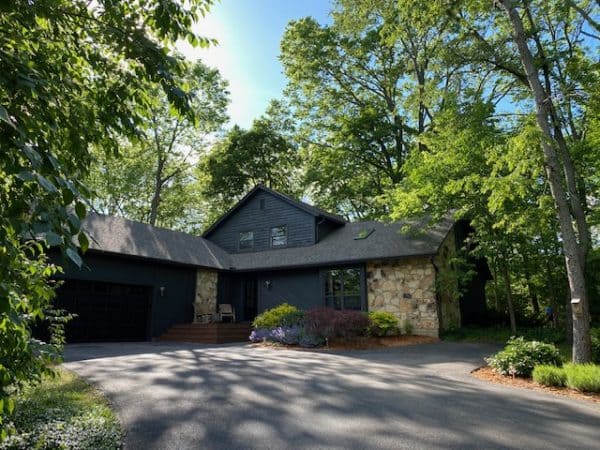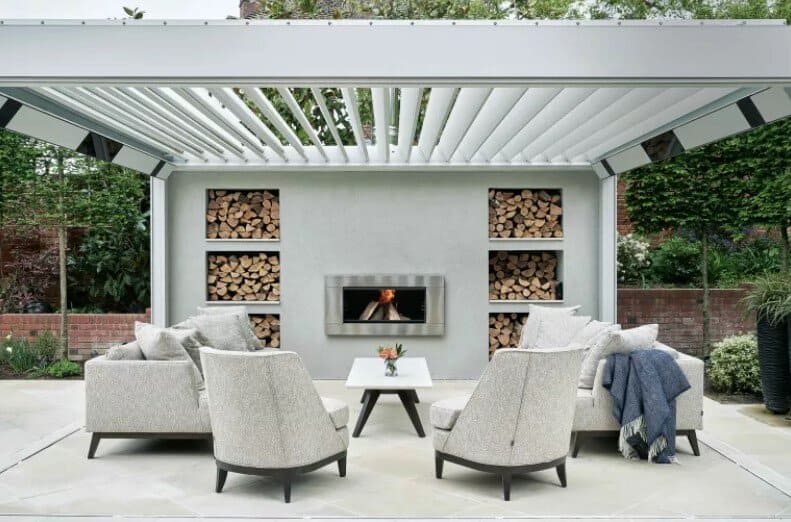Introduction:
The gable with valley roof, also known as the intersecting gable roof, is a popular roofing style that combines the classic gable design with the addition of a valley where two sections of the roof meet. This architectural feature adds visual interest, increases structural complexity, and enhances the overall appeal of a building. In this comprehensive guide, we’ll delve into the characteristics, advantages, construction considerations, and maintenance tips for the gable with valley roof, empowering you to make informed decisions for your roofing needs.
Understanding the Gable with Valley Roof:
The gable with valley roof features two gable sections intersecting at an angle, with a valley formed where the two slopes meet. This design creates distinctive triangular gable ends and a central ridge running perpendicular to the main ridge of the roof. The valley serves as a channel for rainwater runoff, directing it towards the eaves and ultimately off the roof.
Advantages of the Gable with Valley Roof:
- Architectural Appeal: The intersecting gable roof adds architectural interest and character to a building’s exterior, enhancing its visual appeal and curb appeal.
- Increased Attic Space: The steep slopes of the gable roof provide ample attic space for storage or potential conversion into living areas, adding value to the property.
- Efficient Drainage: The valley facilitates efficient drainage of rainwater, reducing the risk of water pooling and potential leaks.
- Enhanced Ventilation: The triangular gable ends allow for the installation of gable vents, promoting natural ventilation and air circulation within the attic space.
Construction Considerations:
Roof Framing: Proper framing is essential to support the intersecting gable sections and create a sturdy foundation for the valley.
- Valley Flashing: High-quality valley flashing is crucial to prevent water infiltration at the intersection of the gable sections.
- Roofing Material: Choose roofing materials that complement the architectural style of the building while providing durability and weather resistance. Common options for gable with valley roofs include asphalt shingles, metal roofing, clay or concrete tiles, and synthetic roofing materials.
Maintenance Tips:
To ensure the longevity and performance of a gable with valley roof, regular maintenance and inspections are essential:
- Inspect Roofing Material: Periodically inspect the roofing material for signs of wear, damage, or deterioration, such as cracked shingles, rusted metal, or loose tiles. Promptly repair or replace any damaged components to maintain the integrity of the roof.
- Trim Overhanging Branches: Trim overhanging branches from nearby trees to prevent them from rubbing against the roof surface or causing damage during storms or high winds.
Conclusion:
The gable with valley roof is a timeless roofing style that combines architectural elegance with functional efficiency. Whether adorning a residential home, commercial building, or historic landmark, this roofing design offers aesthetic appeal, efficient drainage, and increased attic space. By understanding its characteristics, advantages, construction considerations, and maintenance tips, property owners can make informed decisions and ensure the longevity and performance of their gable with valley roofs for years to come.





